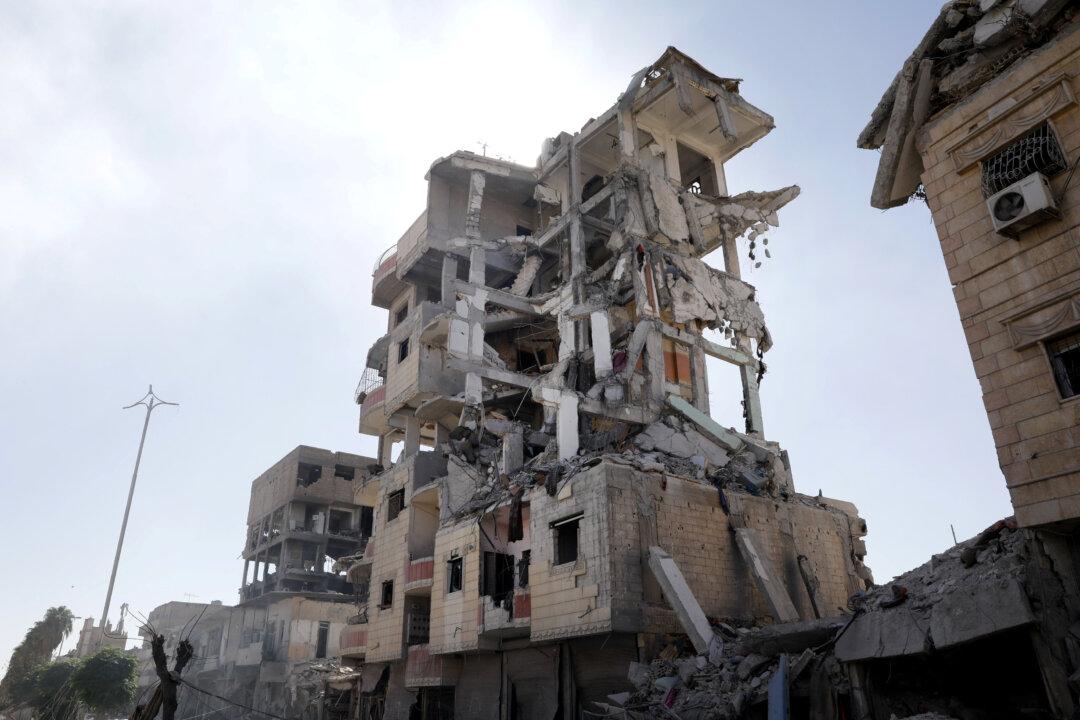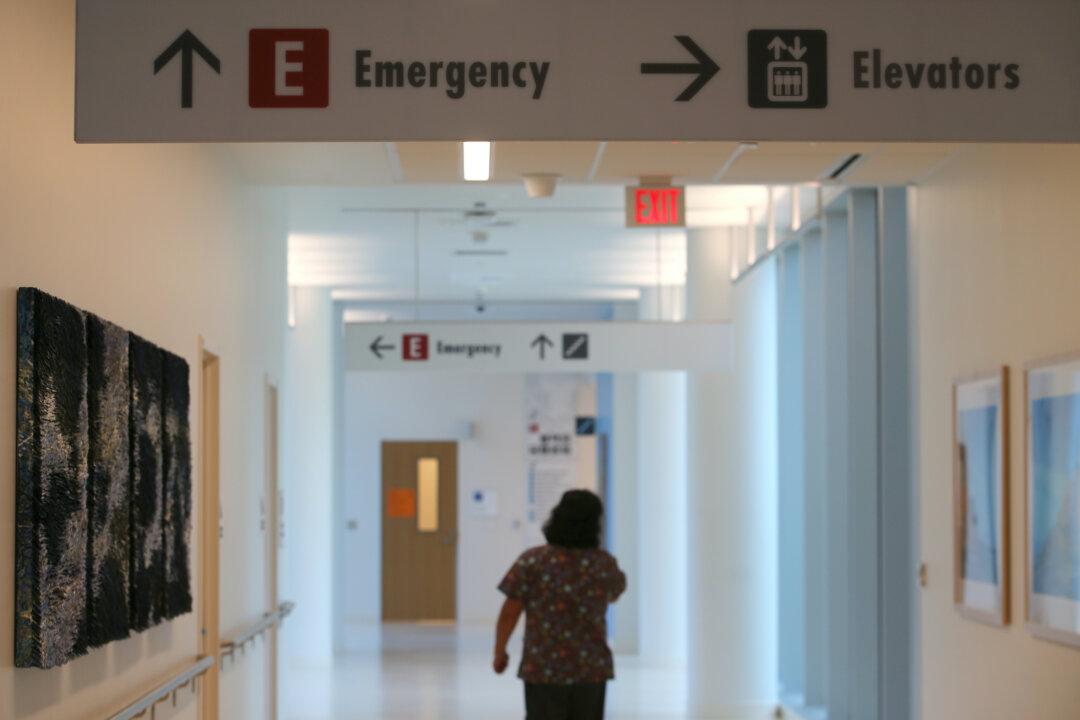RAQQA, Syria—In the Syrian city of Raqqa, children wear hats, scarves, and coats to guard against the winter cold as they struggle to catch up on years of lost learning in a classroom with no doors or glazed windows.
More than a year since conflict at Raqqa has ended, many of the city’s schools still look like battlefields with buildings left lying in rubble and playgrounds dotted with wrecked cars.





